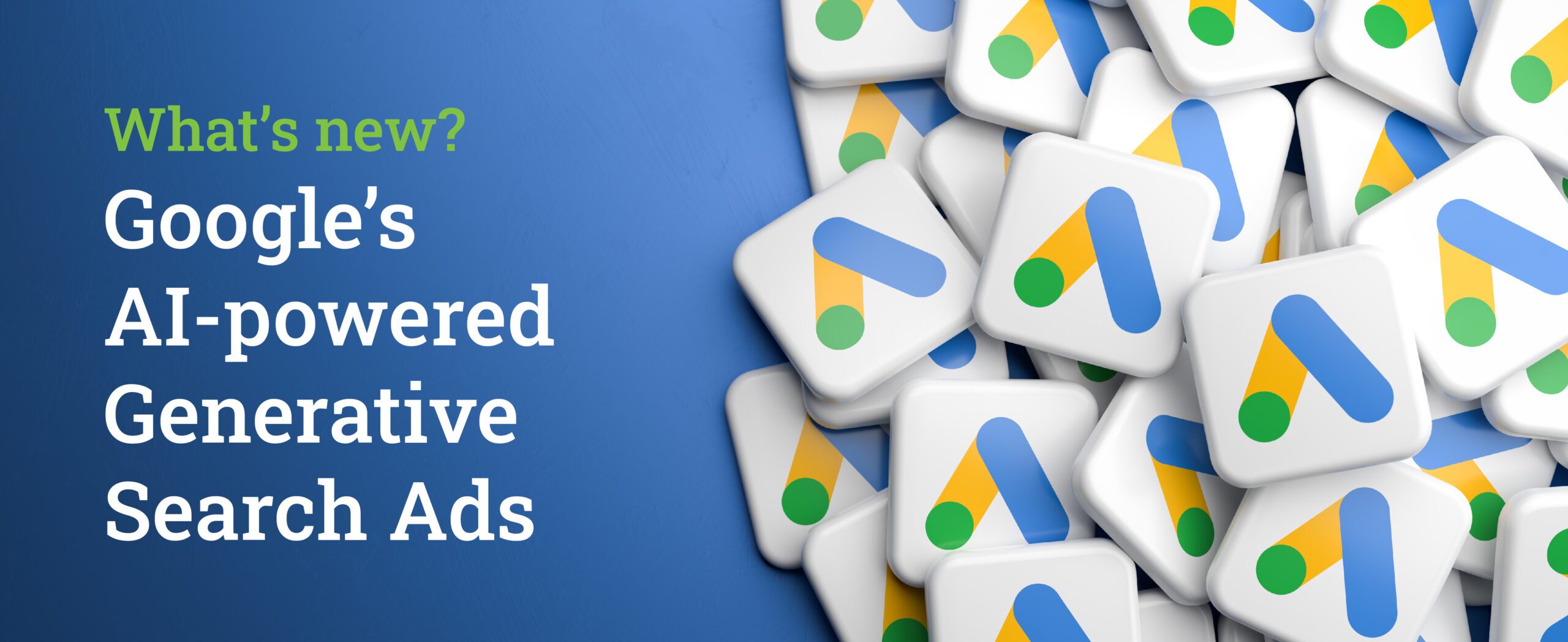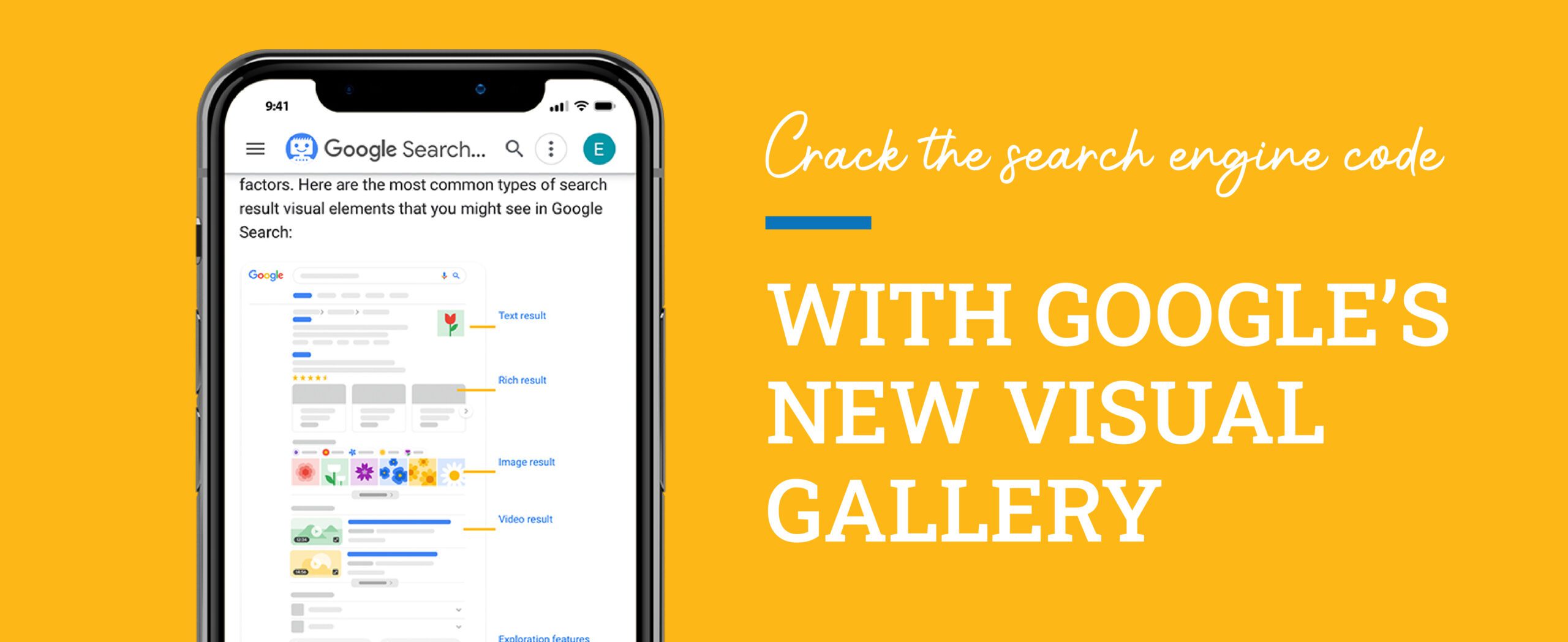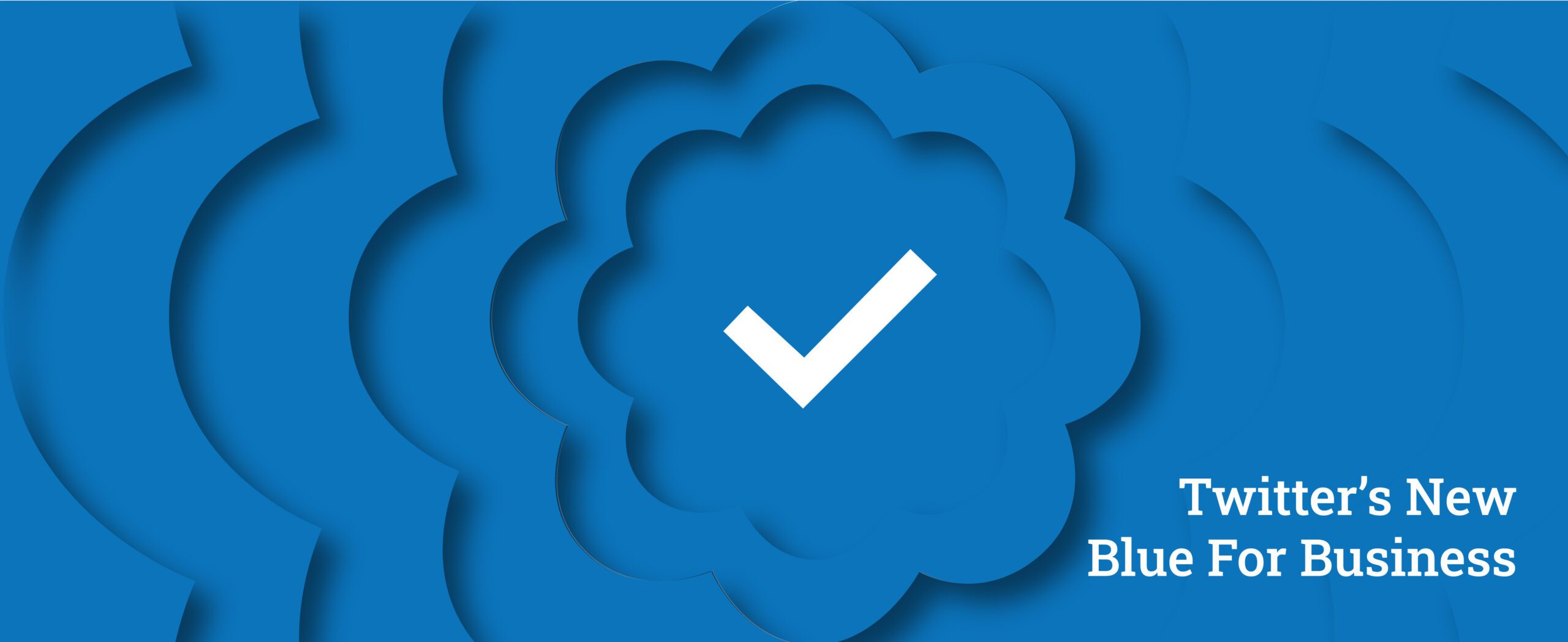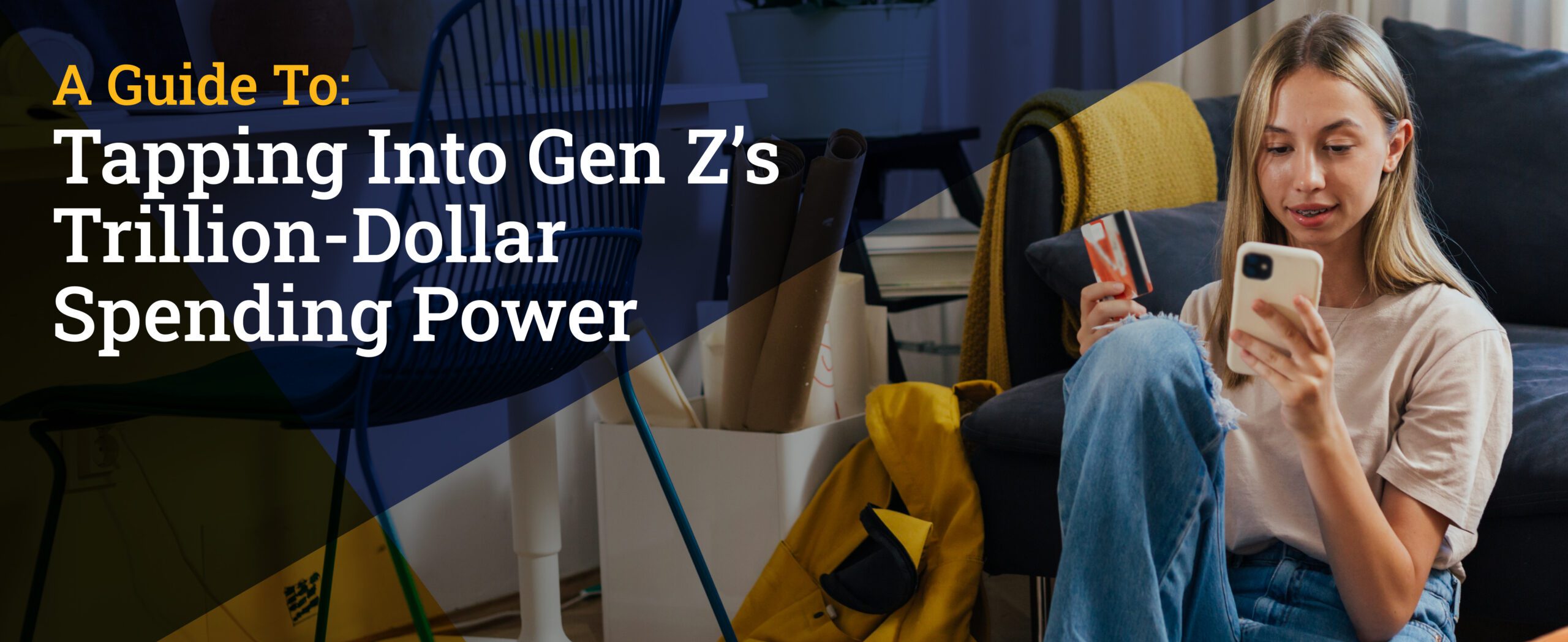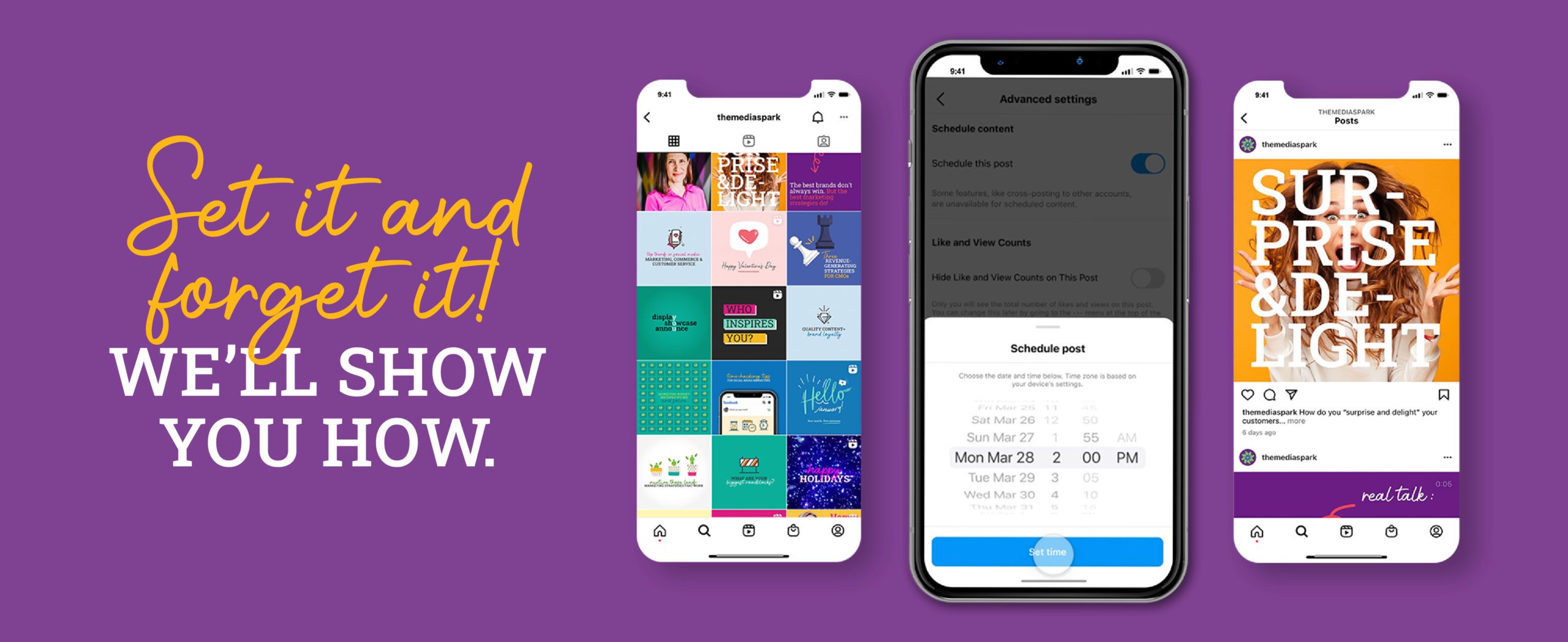right! Ever since ChatGPT brought AI into our daily lives, it seems every tech company is finding their own creative ways to harness the endless potential of AI.
One exciting development we’re watching in this evolving space is Google’s newest application of AI-powered technology: Generative search ads.
Generative, meaning the tool can create new content based on the content it was exposed to. Incredible, right?
Let’s dig in…
What are generative ads—and what makes them effective?
Generative ads change based on the query and search intent of the Google user. Think search engine results that instantly rewrite themselves—based on what your ideal audience is actually looking for.
Google’s generative AI ads are designed to help searchers find exactly what they want. Fast. That means the search engine will adapt your ad content to match the entered query, and improve the relevance of your ad, every single time your ad shows up.
For example, say a searcher types in the query “soft king-size sheets.” To improve the relevance of your ad, and provide even better results to the searcher, Google might adapt your search ad headline to say something like, “Rest Easy On Our Buttery-Soft King Sheets”
See how this sponsored search result is highly adapted to the query entered? That’s what makes generative ads a powerful win-win for Googlers and advertisers!
But wait, there’s more.
Writing relevant headlines isn’t all this incredible new ad tool can do. Google also announced a new natural-language conversation experience that will be built right into the Google Ads platform.
Just like ChatGPT provides users with useful and relevant content based on their entered prompt, Google’s AI-powered conversation tool will help advertisers build their promotional content from the ground up.
Once you’ve built a landing page for your product or service, you can enter the URL into your Google ad builder. Google’s AI will scan the page you provided, and then automatically create search engine-optimized descriptions, images, and search assets that drive traffic straight to your page. You can then launch Google’s auto-built ads, or tweak the content yourself. Goodbye writer’s block, hello high-impact advertising!
These generative AI ads represent a significant improvement—but may come at a cost.
In the past, Google’s adaptive ads created custom search engine results by cobbling together headlines and descriptions advertisers wrote in advance. By feeding Google four different headlines, 15 subheadlines, and a variety of images and ad assets, advertisers could prime the system with a variety of creative ad options that adapted to search queries. And while these ads were more relevant than static search ads, there was still room for improvement.
What’s different about generative ads is that they completely rewrite themselves on the fly, based on Google’s data about your website, landing page, offering, and the searcher themselves. That enhanced relevancy is intended to drive increased click-through rates. But with more effective ads comes the potential for higher advertising costs.
As Google advertisements become easier to create—and increasingly effective for the businesses that leverage them—more advertisers are likely to enter the search ad space. As more businesses clamor for online attention, the cost to see your ad at the top may go up. Which is just another reason to jump on generative ads early!
So, should your business launch generative Google search ads now?
According to Google, advertisers who launch generative ads and use Performance Max to push their ads onto the most relevant platforms enjoy over 18% more conversions, with a similar cost-per-action to traditional search ads. In other words, generative ads + Google’s data-based placement algorithms = remarkable conversion results for the businesses that use them effectively.
If you’re on the fence about launching new ads—or your business has never invested in search ads before—feel free to shoot our experienced media buying team a question. You can connect with us here, or call 402-505-5433 to chat now!
